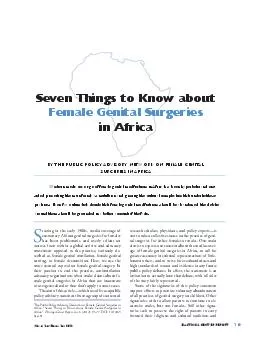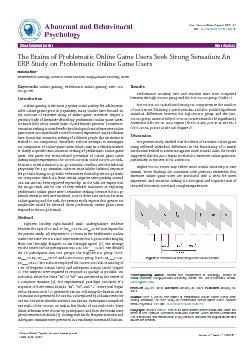PDF-tarting in the early s media coverage of customary African genital surgeries for females
Author : danika-pritchard | Published Date : 2014-11-11
Here we use the more neutral expression female genital surgery In their passion to end the practice antimutilation advocacy organizations often make claims about
Presentation Embed Code
Download Presentation
Download Presentation The PPT/PDF document " tarting in the early s media coverag..." is the property of its rightful owner. Permission is granted to download and print the materials on this website for personal, non-commercial use only, and to display it on your personal computer provided you do not modify the materials and that you retain all copyright notices contained in the materials. By downloading content from our website, you accept the terms of this agreement.
tarting in the early s media coverage of customary African genital surgeries for females: Transcript
Download Rules Of Document
" tarting in the early s media coverage of customary African genital surgeries for females"The content belongs to its owner. You may download and print it for personal use, without modification, and keep all copyright notices. By downloading, you agree to these terms.
Related Documents














